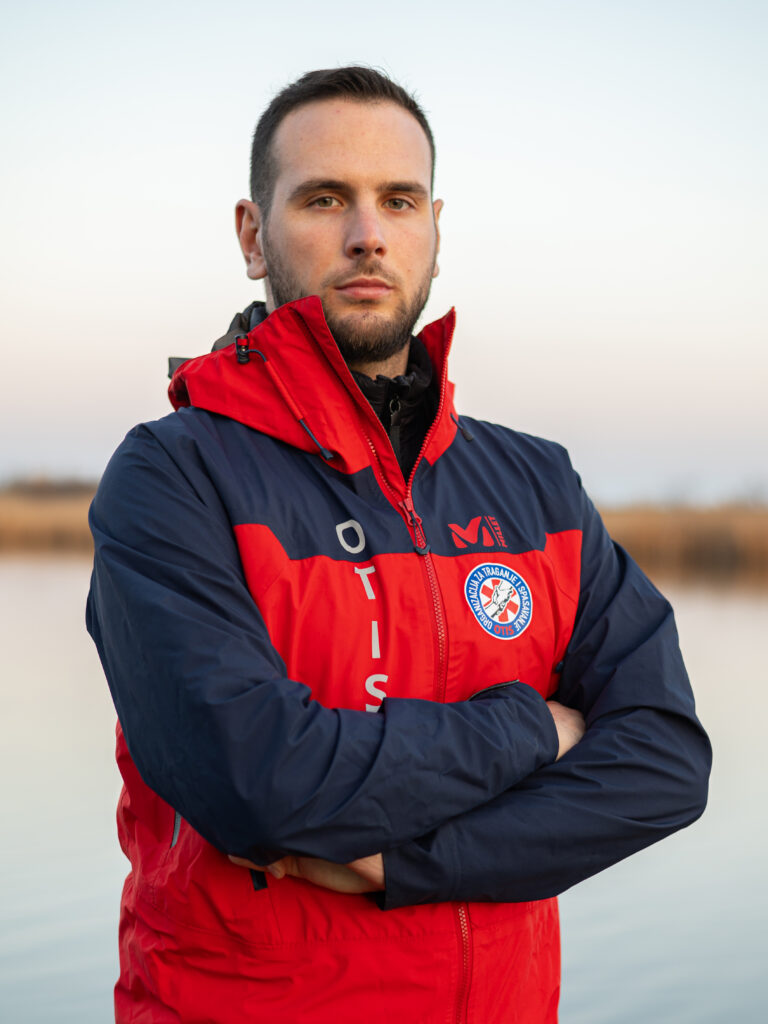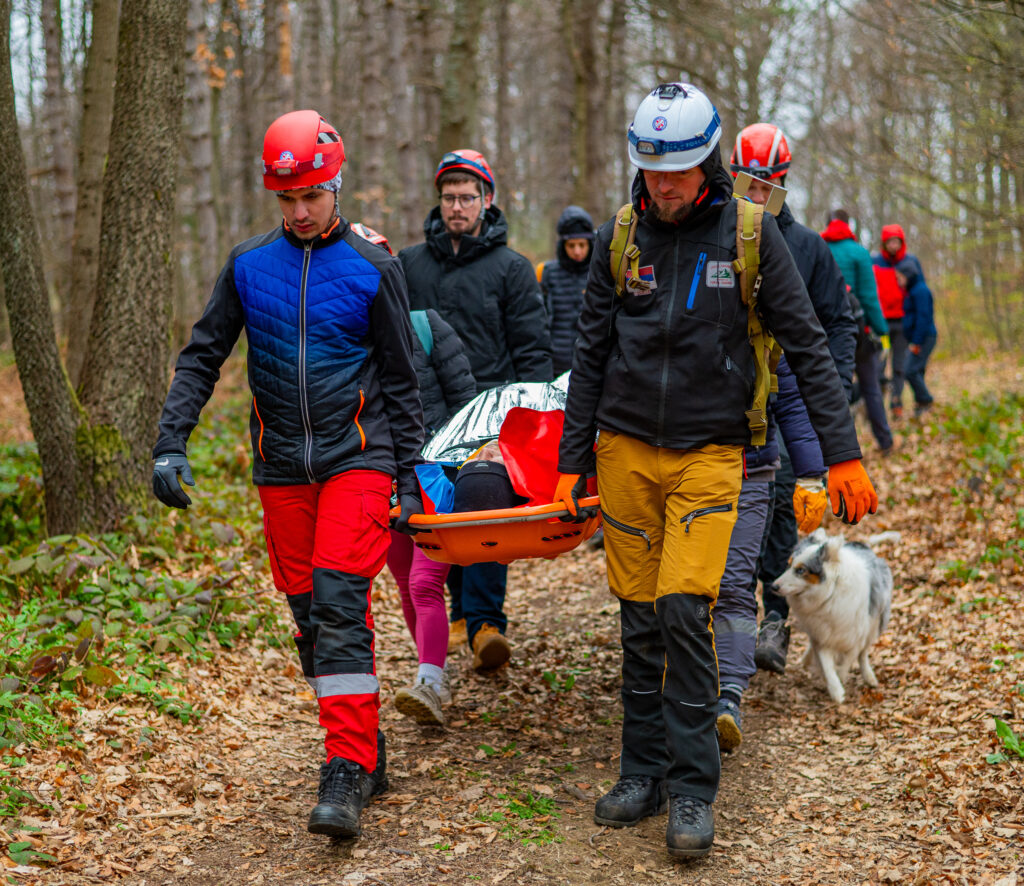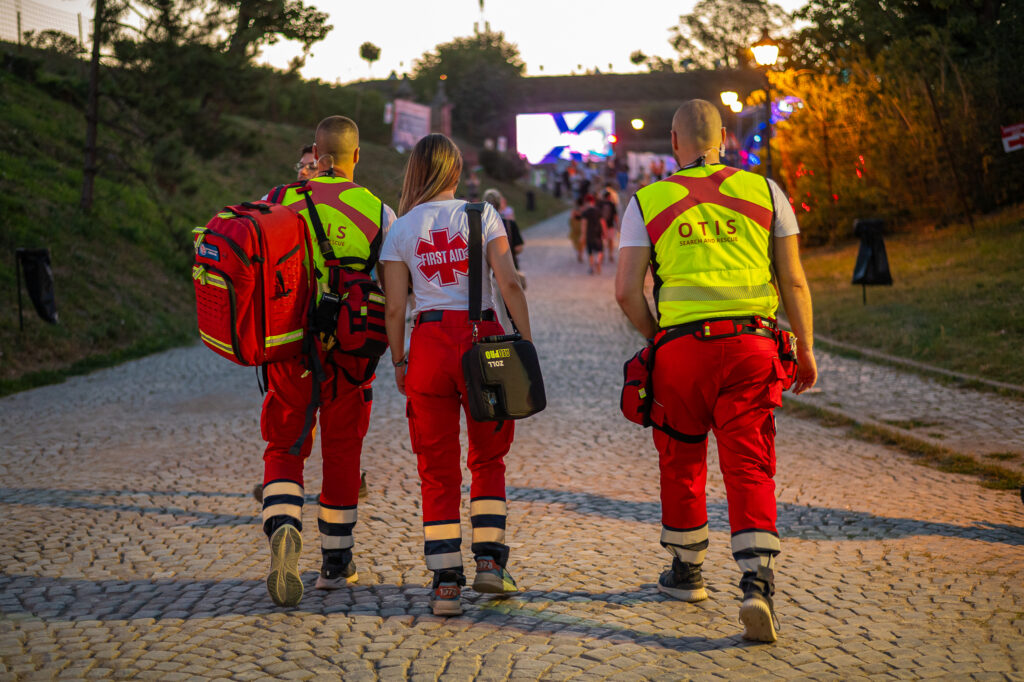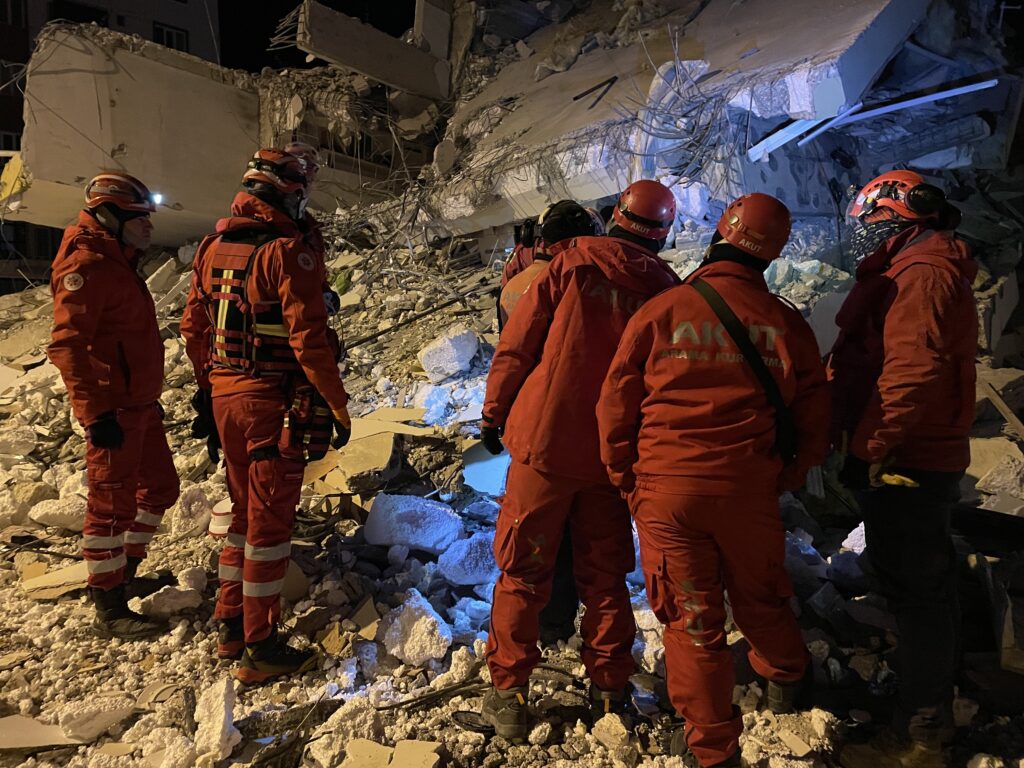The mission and vision of Serbia’s volunteer rescue organisation

How would you describe O.T.I.S.’s role in building and strengthening national and regional security? In your opinion, what is O.T.I.S.’s most significant contribution in this field?
Organisation for Search and Rescue of Serbia (O.T.I.S.) is a key national and regional volunteer rescue organisation based in Serbia. With five years of experience building a safer community, O.T.I.S. actively contributes to enhancing national and regional security by responding to crises, strengthening the capacities of rescue teams, and raising public awareness of the importance of swift and effective action.
O.T.I.S.’s most remarkable contributions in this field can be seen in three key operations: the COVID-19 pandemic, the earthquake in the Republic of Türkiye, and the collapse of a canopy in Novi Sad. These three situations best illustrate the organisation’s breadth and capability in crisis response.
Given global challenges such as natural disasters, what are the most significant examples of O.T.I.S. interventions on the international level? Can you share some recent mission examples?
The most significant example of global disaster response is our rescue mission in the Republic of Türkiye in February 2023. As the only volunteer rescue team from Serbia, we spent seven days in the city of Kahramanmaraş, which was the epicentre of the earthquake.
When we landed in Adana and then travelled to Kahramanmaraş, I thought we were in a war zone. It was a devastated city, and the scenes were like something out of a film—walking through the streets with buildings collapsed on both sides. At the same time, people stood around fires, waiting for news from the rescue teams who worked tirelessly among the ruins, searching for survivors and recovering the bodies of those who had perished.
Our initial tasks involved searching the rubble for signs of life, using specialised equipment operated by Turkish rescuers, as we did not have such devices ourselves. We assisted them in this critical effort. After that, our activities focused on retrieving victims from the disaster site for the remainder of our mission.
What I witnessed in Türkiye was global solidarity at its strongest—where nationality, religion, or background didn’t matter. It was a powerful display of humanity, which seems to be fading today. That is also part of our mission—to restore faith and hope in people and show that small heroes exist and can make a difference.
What I witnessed in Türkiye was global solidarity at its strongest—where nationality, religion, or background didn’t matter. It was a powerful display of humanity, which seems to be fading today
What is your vision for private sector support in the context of O.T.I.S.’s work? How does this model function in practice, and what are its most significant benefits?
The organisation’s vision for private sector support is based on a partnership model, where companies and entrepreneurs contribute through donations, fundraising campaigns, and strategic cooperation—all aimed at fulfilling the primary goal of saving human lives.
Specifically, the private sector can assist through financial support for acquiring equipment, vehicles, and training, all essential for effective rescue operations. Additionally, donations in the form of material resources, such as protective gear, medical supplies, and communication devices, significantly enhance our operational capacity.
The most significant benefits of this model are the organisation’s sustainability and independence, improved capabilities for rescue missions, and a stronger connection between the private sector and humanitarian organisations. This type of support allows our organisation to respond more quickly and efficiently in emergencies and other crises while promoting social responsibility and solidarity.
 Collaboration with international organisations and partners is crucial for the success of rescue missions. How would you assess the current level of international support, and what is needed for further improvement?
Collaboration with international organisations and partners is crucial for the success of rescue missions. How would you assess the current level of international support, and what is needed for further improvement?
International cooperation is essential for developing and enhancing O.T.I.S.’s capabilities. Rescue missions, such as the one in the Republic of Türkiye, highlight the importance of being part of a global network of rescue teams—a worldwide community of rescuers.
The current level of international support is significant, but there is ample room for improvement. Participation in global training programmes, joint exercises, and knowledge exchange with experienced teams from abroad is invaluable. However, to maintain and elevate our level of preparedness, we need additional support in several key areas: modernising equipment, advanced training in specialised rescue techniques, and improved logistical connections with global partners.
The United Nations, the European Union, and various international rescue organisations are key partners in our development. The Republic of Serbia and O.T.I.S. have great potential to become regional leaders in rescue operations, but achieving this requires strategic investment and more substantial international and national support.
 How important is humanitarian work in O.T.I.S.’s operations, and how do you contribute to communities affected by crises? Are there plans for an even greater humanitarian role for O.T.I.S.?
How important is humanitarian work in O.T.I.S.’s operations, and how do you contribute to communities affected by crises? Are there plans for an even greater humanitarian role for O.T.I.S.?
Humanitarian work is an inseparable and fundamental part of our mission. It provides both personal fulfilment and a sense of unity among our members. Humanity and altruism are the driving forces behind our efforts, allowing us to demonstrate the true heart of our mission.
Our plans are both ambitious and serious. Due to climate change, our world today is volatile, especially regarding natural disasters. That is why we have developed a five-year growth and improvement plan. This plan serves as a clear roadmap, outlining our goals and the prerequisites for achieving them.
In the coming period, our organisation will focus on expanding our membership network while equipping our teams with modern resources and providing continuous training. Additionally, one of our top priorities is the formation of specialised rescue teams for floods, collapsed structures, and inaccessible terrains. Another key objective is the further development of our Emergency Medical Team, which is currently undergoing international classification within the framework of the World Health Organization.
How would you assess the state of the emergency response system in Serbia, and what improvements are needed for O.T.I.S. to respond to challenges more effectively?
The Republic of Serbia has a well-structured legal framework for emergency response, defined by the Law on Disaster Risk Reduction and Emergency Management. This law clearly outlines the responsibilities of institutions, coordination mechanisms, and the roles of various stakeholders, including government bodies, local authorities, the civil sector, and non-governmental organisations.
However, like any system, continuous improvements are required to meet modern challenges effectively. One key aspect that could enhance efficiency is the adoption of by-laws that would further regulate equipment standardisation, training criteria for rescue teams, and inter-institutional cooperation protocols.
Additionally, strengthening capacities through establishing training centres, upgrading technical resources, and increasing budget allocations for preparedness, response, and recovery in emergencies is essential. Financial stability is crucial for maintaining a high readiness and rescue teams’ operational capabilities.
Furthermore, greater integration of O.T.I.S. into official state documents and operational strategies would enable a more timely and effective response in emergencies and other crises.
Humanitarian work is the heart of our mission. It provides both personal fulfilment and a sense of unity, reminding us that small heroes can make a big difference
What are O.T.I.S.’s biggest challenges, locally and globally, and how will it overcome them in the coming years?
Our biggest challenges include inadequate equipment and financial resources for member training. Limited resources affect the organisation’s ability to respond quickly and effectively to emergencies and its capacity to conduct regular training sessions, which are crucial for maintaining a high level of preparedness.
To overcome these challenges, O.T.I.S. focuses on strengthening collaboration with state institutions, international partners, and the private sector to secure additional funding for equipment procurement and high-quality training programmes. Particular emphasis is also being placed on strengthening diplomatic engagement by establishing connections with relevant diplomatic missions, international organisations, and government bodies. This will enable better access to funding and resources dedicated to improving key infrastructure.
Additionally, a key priority will be the development of educational campaigns to raise public awareness of the importance of emergency response and the role of O.T.I.S.. Through a systematic approach and long-term strategy, O.T.I.S. will continue to enhance its capacities, ensuring that every member is adequately trained and ready to respond to any challenge.
Investing in new technologies, improving communication channels, and collaborating with international experts will enable faster and more efficient operations, which is essential for future rescue missions.
